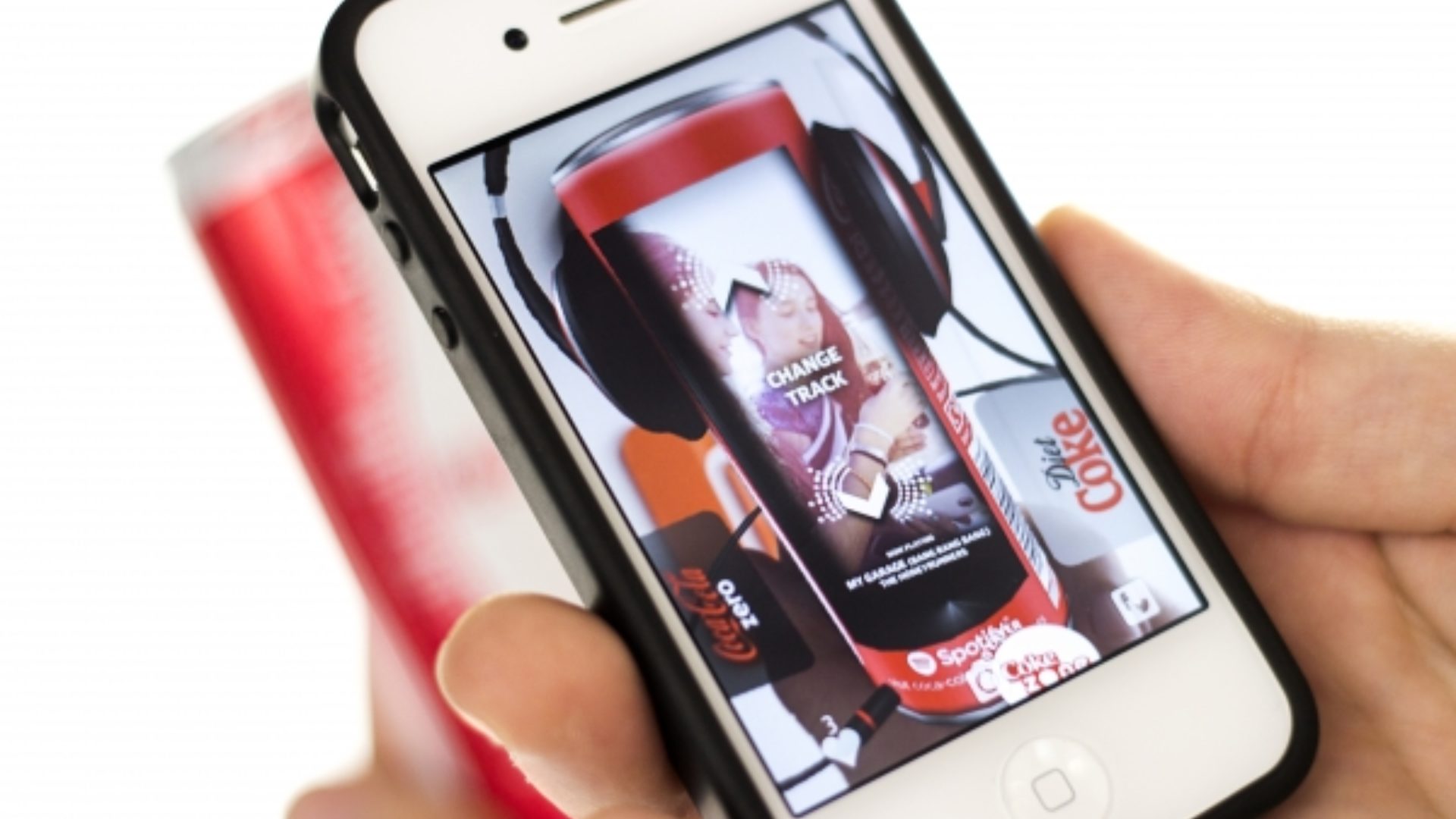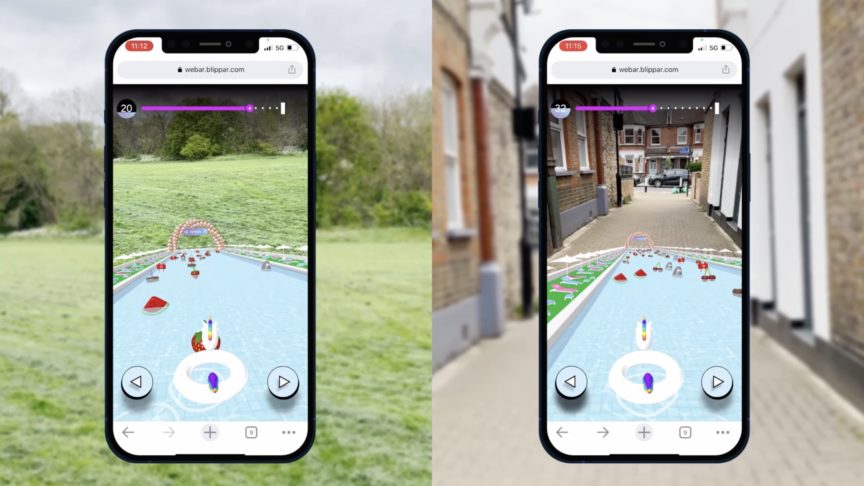What to expected from Augmented Reality in 2014?
January 1, 2014
What to expected from Augmented Reality in 2014?

Like mobile payments, augmented reality apps have so far been the type of thing that’s great in theory, less great in execution.
2013, however, might have turned that around. Or at least that’s what Ambarish Mitra, cofounder and CEO of augmented reality company Blippar, argues. With devices like Glass very much in the mainstream consciousness, augmented reality is slowly shifting from being seen as a nifty-but-ultimately-useless gimmick to a legitimate new medium for advertising, exploration, and expression.
Or something like that, anyway. Here’s what Mitra had to say about both augmented reality’s recent past and its more exciting short-term future.
VentureBeat:How would you characterize 2013 for augmented reality (AR)? How much did Google Glass have to do with that?
Ambarish Mitra: 2013 for AR was a year where the space got validation from beyond the tech community. Lots of brands joined platforms like Blippar and are making long-term investments in AR as a key marketing and communication medium. The introduction of Glass gave the industry enough PR to get over the line to be taken more seriously. I would summarize 2013 as “the year of AR Renaissance,” leading to the birth of new intelligent patterns of AR usage.
VentureBeat: Where are things going next year? What sort of big tech advancements do you expect?
Mitra: Google Glass will open the floodgates for many AR-based startups to bring ideas that were never imagined before into the space. For example, we will soon witness many solutions that will help visually impaired people identify nearby objects. Machine vision and learning algorithms will become smarter, almost replicating the human eye and connecting it to advanced backend technology with a great artificial intelligence engine. It’ll lead to computers not only remembering things we saw, but also being able to diagnose changes or abnormalities like eye disease.
VentureBeat: What did you guys learn from big brands like Pepsi signing on?
Mitra: Blippar’s key message to brands is to treat their products like a new medium in order to generate additional rich content via AR. This is beginning to become a phenomenon among brand marketers as they use AR to converge all forms of above-the-line media into a personalized, pull-based media consumption.
VentureBeat: There was a general industry trend away from “augmented reality” as a buzzword. You guys use “blipping” and Daqri is calling it “4D.” Was this intentional?
Mitra: The keyword “augmented reality” is not understood by the masses. We used “blipp” as a verb to drive user adoption, and we encourage the world’s leading brands and publishers to use this same verb consistently across all channels. It’s worked out for Blippar, as the keyword “blipp” is on over a billion products and 100 million magazine pages every month.
Where does Blippar fit into all of this? Goals for 2014?
Mitra: In 2014, we are trying bring more commercial relevance to the space by signing thousands of new brands and also making the creation of blipps easier with our self-publishing tool, Blippbuilder, which doesn’t require users to download an SDK or have any tech knowledge.
We’ll also see the introduction of 4D content that is time-based, meaning that blipps will transform themselves over a period of time. They might respond and change based on the environment: temperature, pressure, humidity, light, and many more factors. We’ll also be launching a commercial product on Glass and some other wearable platforms.
Read full VentureBeat article here.

